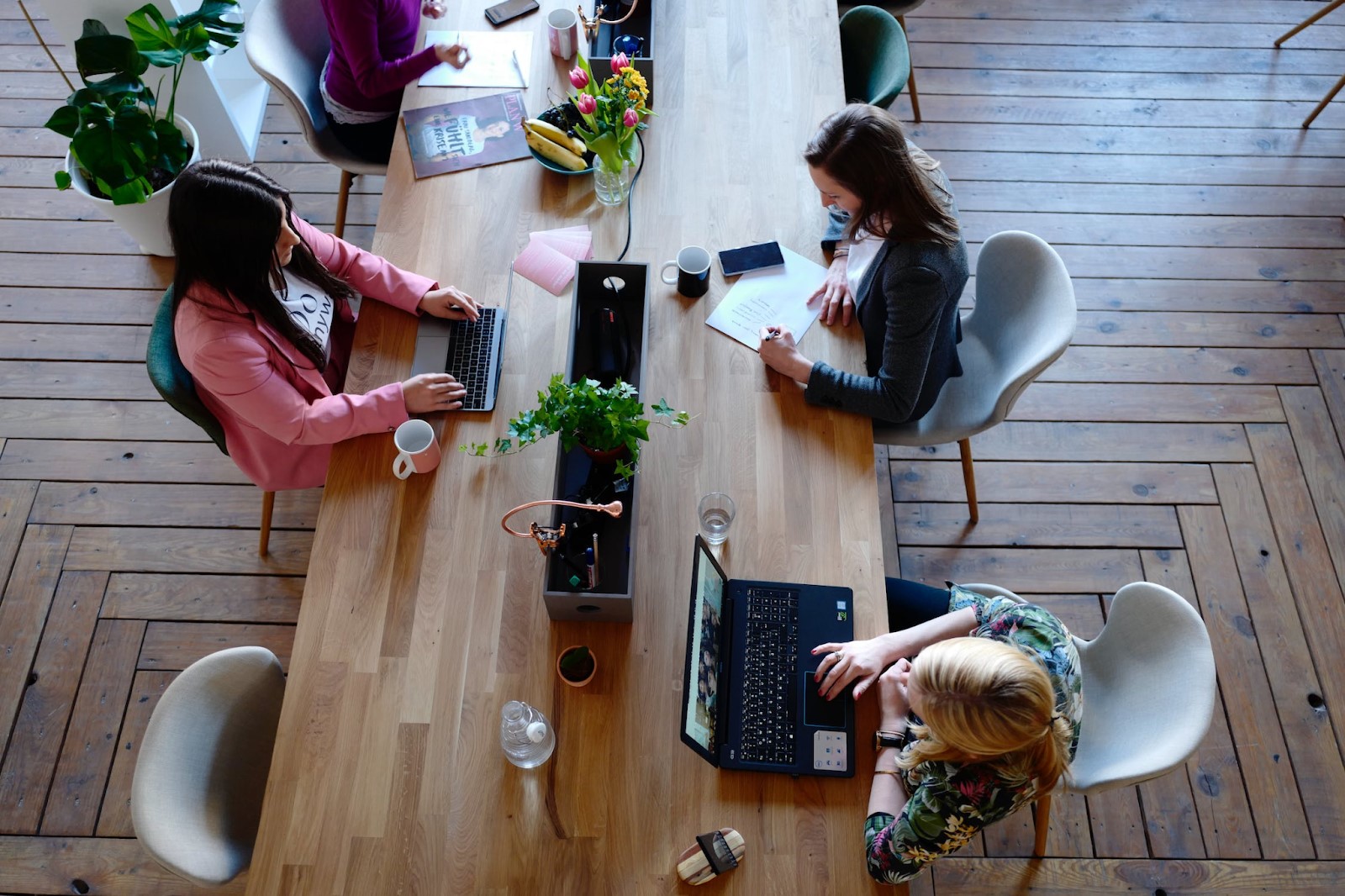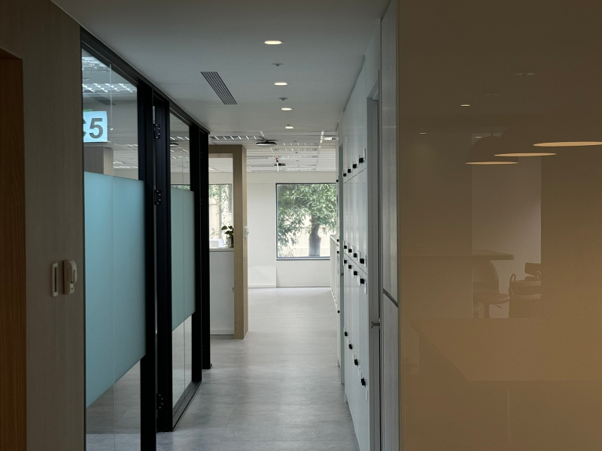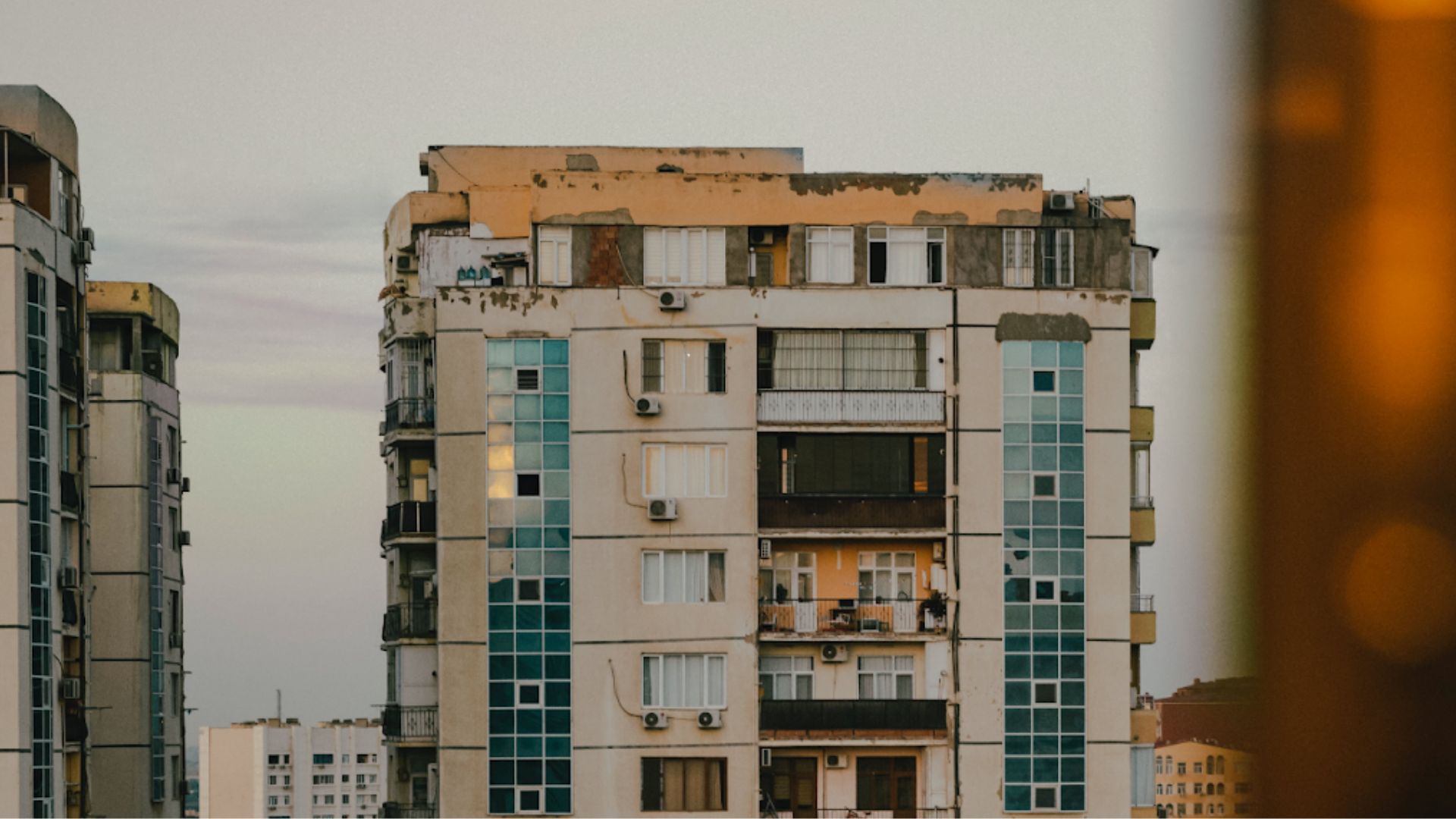A green building that coexists with the environment! What is a green building? Understand the characteristics, indicators and cases of green buildings
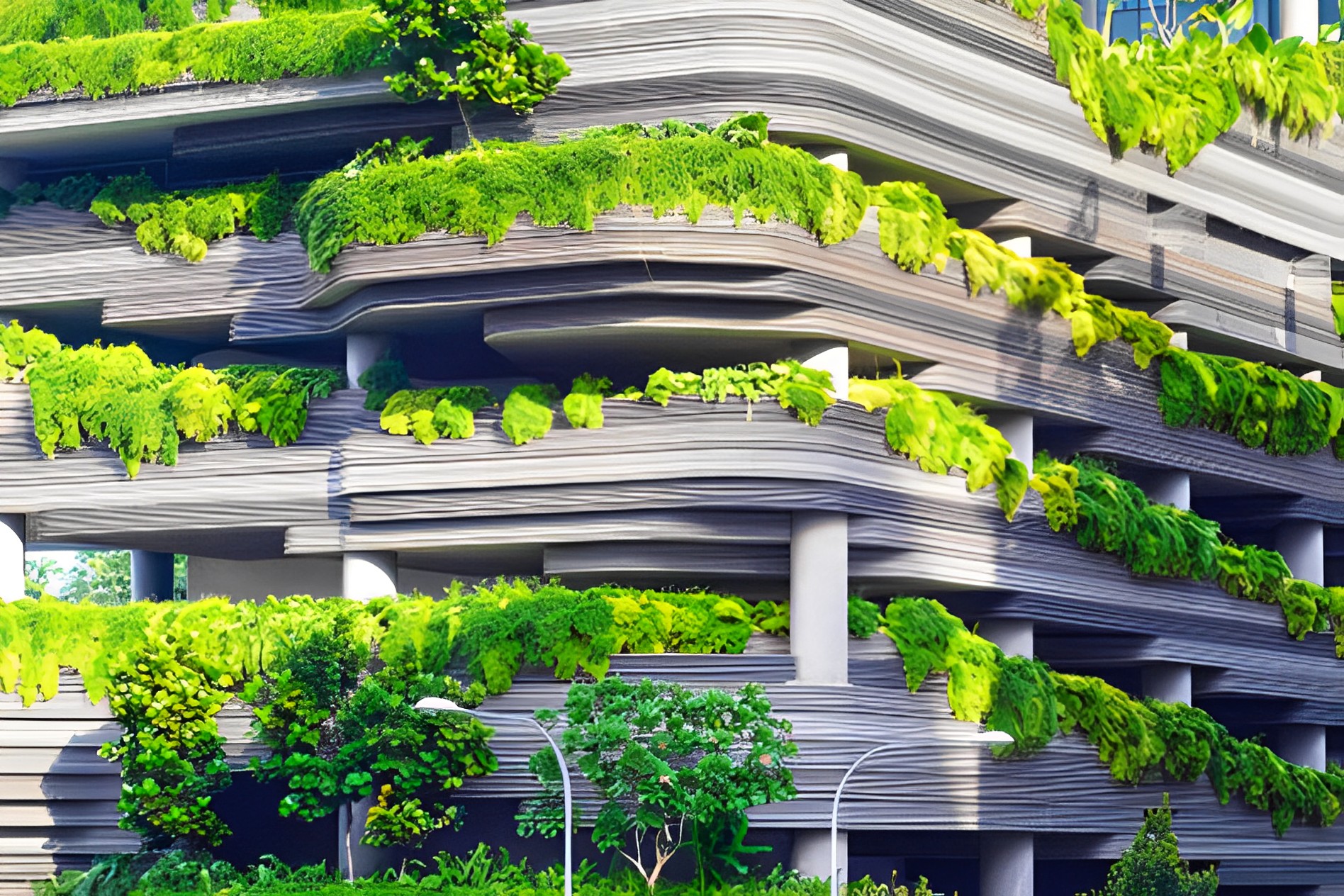
Taiwan is an island with a hot and humid climate. In summer, it is necessary to cool down with air conditioners and use dehumidifiers to keep dry. However, as the problem of climate warming becomes more and more serious, turning on air conditioners to maintain low temperatures is no longer a long-term solution. Many people are concerned about environmental issues. I started to introduce the concept of "green building" from an architectural perspective, hoping that my house could help the sustainability of the environment. Today I want to share with you the characteristics and advantages of green buildings, and introduce related green building labels and certifications!
What is a green building? Understand the definition and characteristics of green building
Green buildings, also known as green buildings, refer to buildings that are energy-saving, ecological, and healthy, consume the least amount of earth energy and resources during the building life cycle, are healthy and comfortable, and achieve environmental sustainability goals. Regardless of whether the building functions as a commercial building or a general residence, as long as it meets the above conditions, it can be called a "green building". Usually, the conditions of such buildings have some things in common: good lighting and ventilation, energy saving and carbon reduction, water saving, and green appearance.
How to build green buildings? Understand architectural design skills
Many people want to build green buildings, but don’t know how to start. In fact, as long as you understand the goals that green buildings want to achieve, and then think further: "How should it be achieved?" You can build the ideal green building. !
Goal 1: Reduce interior decoration materials & use low-carbon green building materials
First of all, avoid designing the interior in an extravagant and luxurious style and reduce unnecessary waste. In terms of building materials, old materials are recycled and remanufactured instead of purchasing new building materials, reducing resource usage to a minimum. It is not only environmentally friendly and economical, but the design style is also in line with the "simple style" that has become popular in recent years.
Goal 2: Reduce water waste
From the perspective of the building itself, when designing the building, set up a large-capacity rain barrel and install a filter with basic functions, so that the rainwater can be processed and used (toilet flushing, flower watering, etc.). In addition, a two-stage water-saving toilet can also be installed to effectively save more water resources.
Goal 3: Energy conservation and carbon reduction
Excessive electricity consumption is one of the important energy problems encountered in Taiwan in recent years, especially in summer, which is the peak period of electricity demand. How to improve buildings into energy-saving buildings? Here are three directions for saving electricity for your reference:
| Turn on the air conditioner less but maintain a comfortable temperature | If you want to reduce the use of air conditioning, the most important thing is to keep the building well ventilated. For example, air ducts can be installed to introduce fresh air, adjust the indoor temperature, and reduce the usage rate of indoor air conditioning. |
| Reduce lighting but keep plenty of light | Evaluate the actual light sources required before planning the building to reduce lighting requirements, zone control switches, and use energy-saving LED lighting as fully as possible. |
| Generate electricity with environmentally friendly energy | Taiwan has successively developed many environmentally friendly energy sources, and one of them is solar power generation, which is a good choice for the environment. Installing solar panels can not only block the sun on the top floor, but also cool down the building. |
Understand green building certification and nine indicators
Many countries have their own green building assessment systems, the more well-known of which isUS Green Building Assessment Certificationwith TaiwanNine indicators of Baygreen Building.
U.S. Green Building Assessment and Certification Standards
The U.S. Green Building Council announced the green building assessment and certification standard LEED (Leadership in Energy & Environmental Design) in 1998. LEED divides green buildings into four certification levels: qualified, silver, gold and platinum. Assessment projects are divided into Five categories:
- Sustainable base development
- water efficiency
- Energy and Atmosphere
- Materials and Resources
- indoor environmental quality
Nine indicators of Taiwan’s green buildings
Taiwan divides the levels of green buildings into five levels: qualified, bronze, silver, gold, and diamond green buildings, which are further subdivided into nine categories based on the four major indicator groups of ecology, energy conservation, waste reduction, and health. Indicators serve as evaluation benchmarks.
| biodiversity indicators | Including biological diversity, species diversity, and genetic diversity. | ecology |
| Greening quantity index | Green building spaces, roofs, balconies and building facades. | |
| Base water retention index | Use land to conserve water and maintain ecological water circulation. | |
| Daily energy saving indicators | Reduce building energy consumption. | Energy saving |
| CO2 reduction index | Reduce carbon dioxide emissions from the construction industry. | waste reduction |
| Waste reduction index | Reduce waste generated by the construction industry. | |
| indoor environment indicators | Evaluate ventilation, sound insulation, lighting, interior decoration, and indoor air quality. | healthy |
| Water resources indicators | Reduce and recycle building water use. | |
| Sewage and waste improvement indicators | Control the amount of sewage and waste in buildings. |
Case Sharing—Singapore’s “Platinum Zero Energy Consumption” DBS Bank
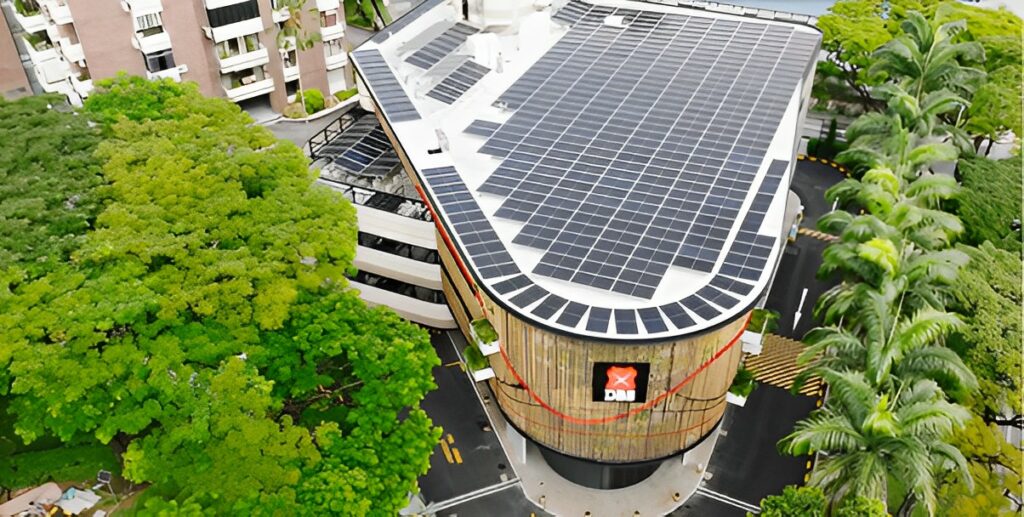
This summer, Singapore's DBS Bank successfully transformed a 30-year-old building in the city into Singapore's 19th "Green Label Platinum Zero Energy" building. The remodelers covered the roof with solar panels with a total area of 1,000 square meters, and used natural ventilation, smart systems, green facilities, and planting duties to make the energy used by the building renewable. At the same time, planting The natural plants in the building create an ecological environment suitable for bird gatherings, help cool down and reduce the frequency of turning on the air conditioner. Singapore continues to make breakthroughs in architecture and is moving towards the goal of "zero-carbon buildings".
B-Studio creates green buildings based on the concept of imitating nature
B-Studio has more than ten years of service experience in the industry. It can handle everything from building exterior to interior design and provide integrated space planning services. Every project B-Studio makes is to prepare for the future, and adheres to the construction method of imitating nature, pays attention to the impact of each building on the ecological environment, and strives to move towards the goal of creating a sustainable environment. Any green building renovation or construction needs are welcomecontact us, we will provide you with relevant services as soon as possible!
Further reading:
Wabi-sabi allows you to find happiness, 6 ways to live a simple life
5 options for adequate lighting to bring new life to your home, as if you are buying a new home
